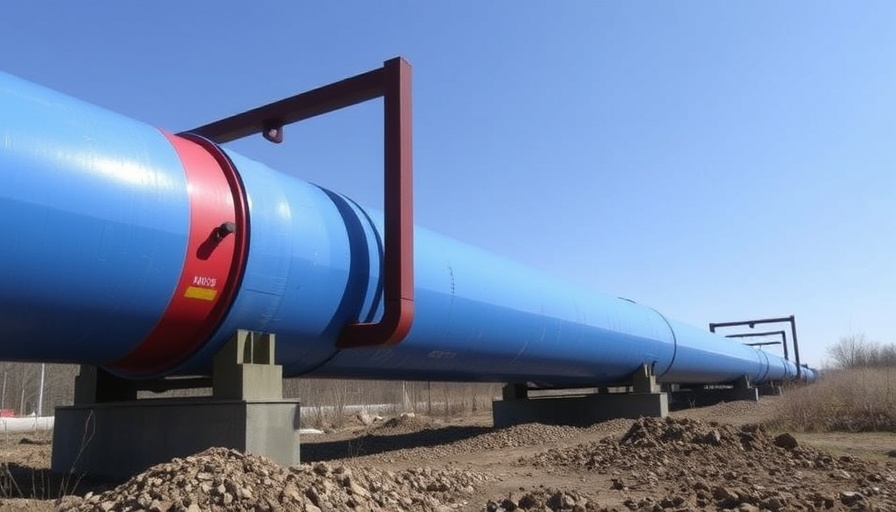
US Navy Awards $2 Billion in Construction Contracts: A Game-Changer for Southeast Projects
In a move sure to ripple through the construction industry, the US Navy has selected seven firms for a staggering $2 billion indefinite-delivery/indefinite-quantity (IDIQ) construction contract for the Southeast region. This monumental decision not only signals the Navy's commitment to enhancing its facilities but also significantly boosts project efficiency and cost management for the selected firms. It’s a high-stakes opportunity that could redefine how naval infrastructure is built and maintained.
Who Are the Lucky Firms?
The firms chosen for this lucrative opportunity are a mix of seasoned players and innovative newcomers in the construction sector. While the Navy has not disclosed the names in its announcement, industry insiders speculate that these selections have been made based on a rigorous vetting process focusing on capabilities and past performance. This intricate selection process underscores the importance of quality outcomes—a top priority for both military operations and contractors alike.
Navigating the Challenges Ahead
Securing a major contract like this comes with its own set of challenges. The primary concern for these firms will be managing costs while delivering high-quality projects on time. For clients of commercial construction companies, this means a sharp focus on project efficiency and transparency. As more projects commence under this IDIQ contract, firms will need to leverage innovative construction technologies and sustainable materials to ensure adherence to both budget and deadlines.
The Impact of Technology on Construction Efficiency
As construction evolves, technology plays an increasingly pivotal role. Automation, smart building solutions, and data-driven project management are all rapidly transforming how projects are executed. This contract's timing coincides with a surge in the use of innovative construction techniques, reflecting the Navy's likely push for modernization. Expect to see firms utilizing advanced technologies that not only streamline construction processes but also enhance safety measures for workers on site.
Looking to the Future: What This Means for Southeast Construction
The impact of this IDIQ contract extends beyond just the immediate projects. It sets a precedent for future large-scale contracts and may influence the Navy's procurement strategies moving forward. The collaboration between the selected firms will likely foster an environment of shared knowledge, cultivating best practices in project management. Not only does this serve the Navy's immediate needs, but it positions the Southeast region as a hotbed for construction innovation.
Final Thoughts: A Boon for the Community
This monumental contract awarded by the US Navy is not just about construction; it’s about building a resilient future. For commercial construction clients, it's an opportunity to witness firsthand how large-scale contracts are executed and to adapt those lessons into their own projects. As the selected firms embark on this journey, the ripple effect will likely enhance local economies and set new industry standards.
So, whether you're a client of a commercial construction firm or simply a curious community member, keep an eye on how this $2 billion contract unfolds. The lessons learned here could shape the fabric of Southeast construction for years to come.
 Add Row
Add Row  Add
Add 




 Add Row
Add Row  Add
Add 

Write A Comment